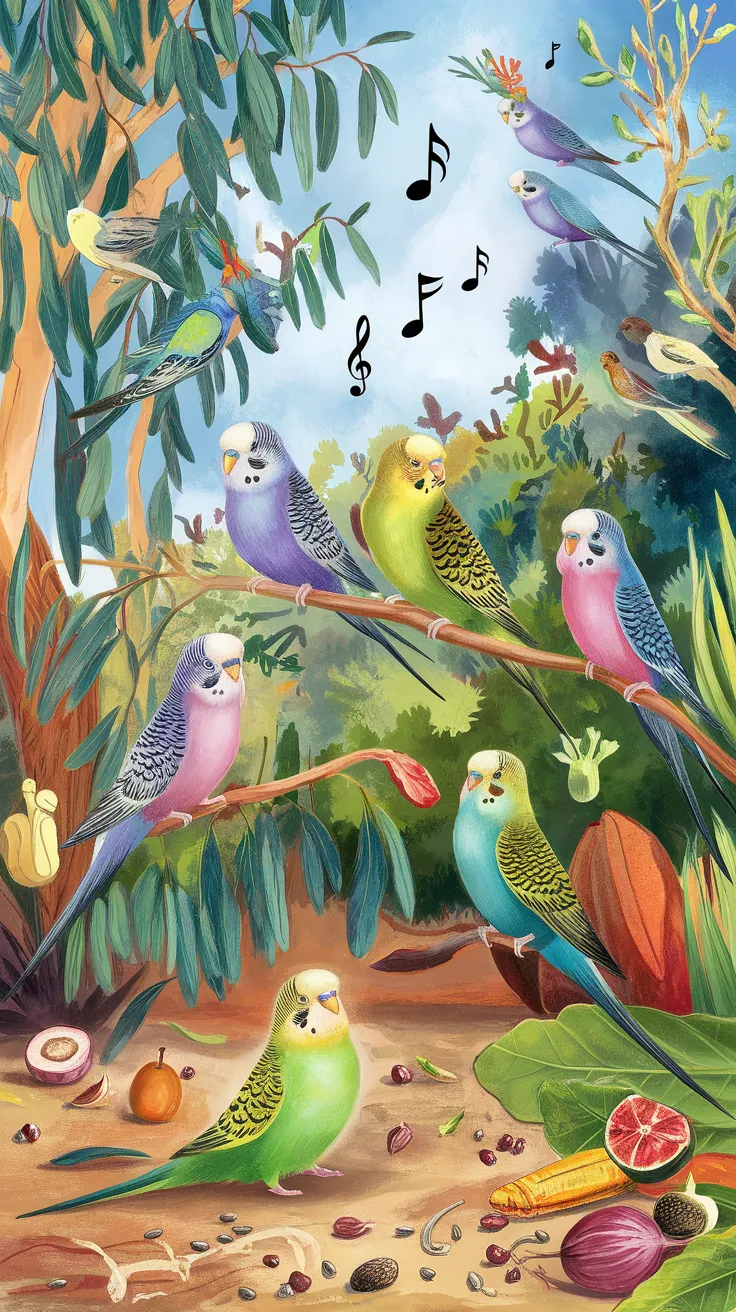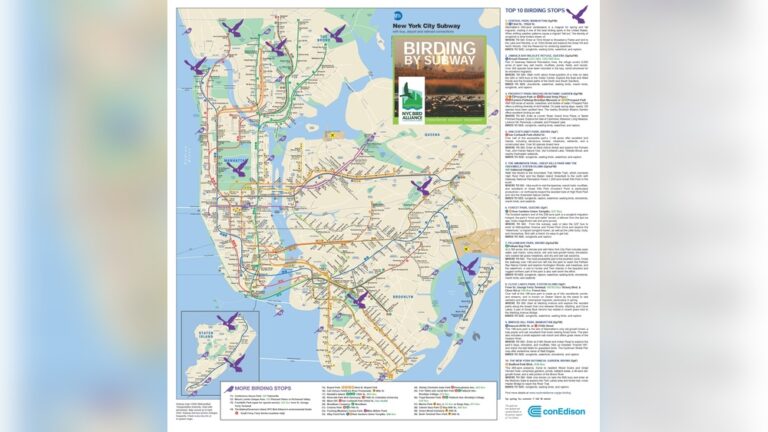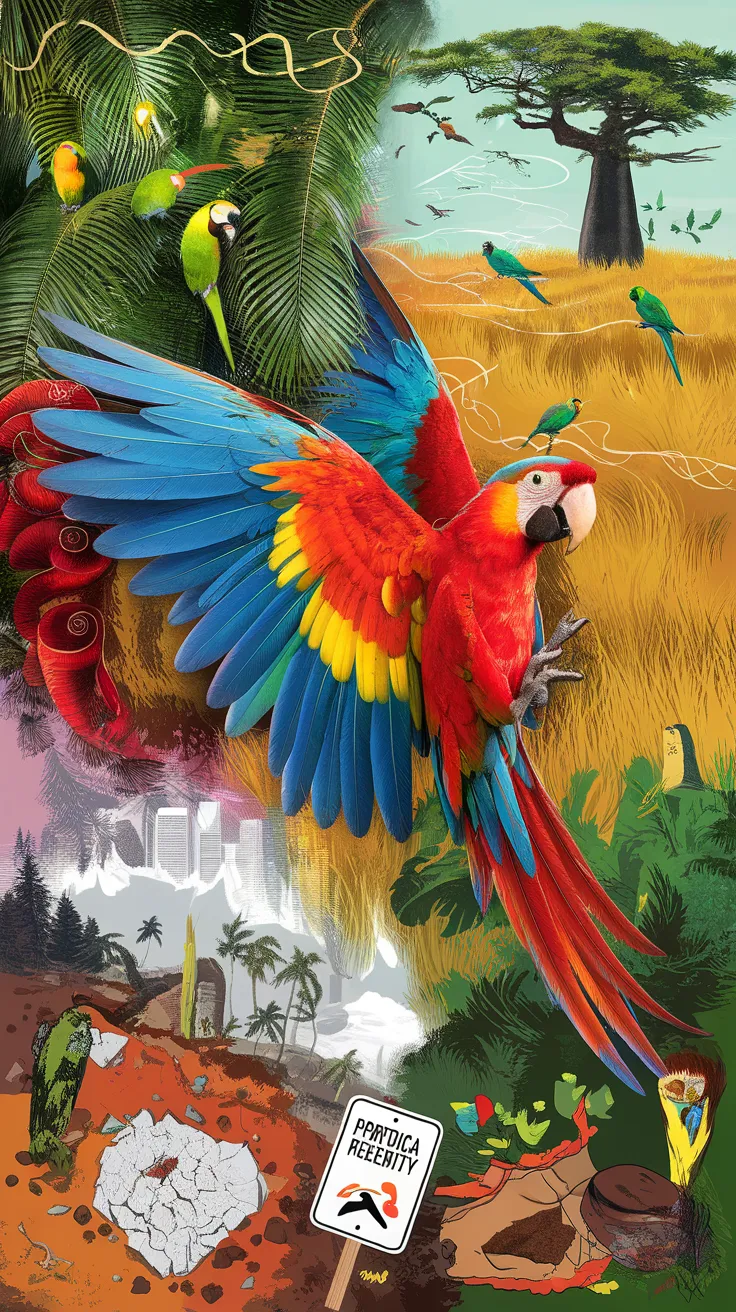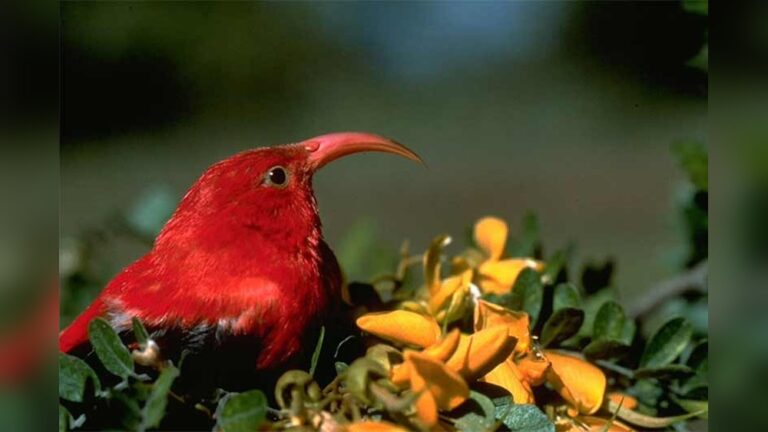Birding In Yellowstone National Park
Imagine standing quietly among towering pine trees, the crisp air filled with the melodic calls of colorful birds. Birding in Yellowstone National Park is more than just a hobby—it’s a chance to connect with nature in a way that refreshes your mind and fuels your curiosity.
Whether you’re a seasoned birdwatcher or just starting out, Yellowstone offers a unique playground where every glance could reveal a rare or stunning species. Ready to discover how this iconic park can transform your birding experience? Keep reading, and let’s explore the best spots, tips, and secrets to make your next visit unforgettable.
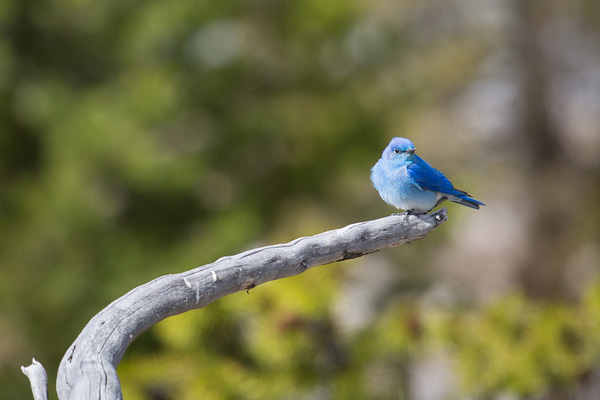
Credit: www.yellowstonenationalparklodges.com
Top Bird Species
Yellowstone National Park is a paradise for bird watchers. The park hosts a wide variety of bird species. Some birds are common and easy to spot. Others are rare and need sharp eyes and patience. Knowing which birds to expect helps visitors enjoy their birding trips more.
Common Birds To Spot
Many birds live and breed in Yellowstone. The American Robin is one of the most seen. These birds have bright orange bellies and sing sweet songs. The Mountain Bluebird is another favorite. It has a stunning blue color and often sits on fences.
The Bald Eagle is a majestic sight near lakes and rivers. It has a white head and sharp eyes. The Clark’s Nutcracker is a clever bird with a strong beak. It helps spread pine seeds in the park. Watch for the Western Meadowlark too. This bird has a bright yellow chest and a loud call.
Rare And Endangered Birds
Yellowstone is home to some rare and endangered birds. The Trumpeter Swan is one of them. It is the largest waterfowl in North America. Seeing a Trumpeter Swan on a lake is special. The Peregrine Falcon, the fastest bird in the world, also lives here. It nests on cliffs and hunts small birds.
The Greater Sage-Grouse is a rare bird with a unique courtship dance. It relies on sagebrush habitat, which is shrinking. Bird watchers hope to see this species before it becomes too rare. The Black Rosy-Finch is a small bird with a rosy tint. It lives in high mountain areas and can be hard to find.
Best Birding Seasons
Yellowstone National Park offers excellent birding all year. Each season brings unique birds and experiences. Knowing the best seasons helps plan your visit well. Bird activity changes with weather and food availability. Some birds pass through only during migration. Others stay to nest or prepare for winter. Watch the skies and forests to spot many species.
Spring Migration
Spring is a busy time for birds in Yellowstone. Many species arrive from warmer places. They stop to rest and eat before moving on. Songbirds like warblers and thrushes fill the air with music. Waterfowl return to lakes and rivers to breed. Spring weather can be cool but clear. This season offers great chances to see many birds in one trip.
Summer Nesting
Summer brings nesting and raising young birds. The park’s forests and meadows buzz with life. Eagles, ospreys, and hawks build nests in tall trees. Warblers and sparrows feed their chicks in bushes. Insects and seeds provide plenty of food. Birds sing loudly to protect their territory. This is the best time to watch bird families and baby birds.
Fall Migration
Fall starts the journey south for many birds. Bright colors and cooler air mark the season. Ducks and geese gather in large groups on lakes. Hawks soar high, searching for food. Songbirds travel in flocks through forests and fields. Fall offers chances to see birds feeding before winter. The mix of species is different from spring, creating a new adventure.
Prime Birding Locations
Yellowstone National Park offers some of the best spots for bird watchers. The park’s diverse habitats attract many bird species. Each area provides unique chances to see different birds. Knowing the prime birding locations can help you enjoy your visit more.
Birds thrive in various environments in Yellowstone. From water edges to high mountain areas, the park supports many feathered friends. Exploring these key spots will increase your chances to spot rare and common birds.
Lakes And Wetlands
Yellowstone’s lakes and wetlands are rich with bird life. Look for waterfowl like ducks, geese, and swans. These areas serve as nesting sites and feeding grounds. Birds such as the American dipper and great blue heron are common here. Early mornings bring many sightings near the water’s edge.
Forests And Meadows
Forests and meadows support songbirds and woodpeckers. Listen for colorful warblers and chickadees among the trees. Meadows attract sparrows, finches, and raptors hunting for prey. Walking quiet trails here often leads to surprising bird encounters. This mix of open and wooded areas is perfect for varied birdwatching.
Mountainous Areas
Higher elevations host unique bird species. Look for mountain bluebirds and Clark’s nutcrackers. Raptors like golden eagles soar above rocky cliffs. The crisp air and open views make bird spotting easier. These areas offer stunning scenery alongside great birding opportunities.

Credit: www.quickreferencepublishing.com
Birding Tips
Birding in Yellowstone National Park offers a chance to see many unique bird species. To enjoy this experience fully, some tips can help. These tips focus on what to bring, the best time to watch birds, and how to respect nature while birding.
Following these guidelines makes birding more fun and safe for both you and the birds.
Essential Gear
Bring binoculars to see birds clearly from a distance. A field guide helps identify different species. Wear comfortable shoes for walking on trails. Carry water and snacks to stay energized. A notebook lets you record your sightings. Dress in layers to adjust to changing weather. Use a hat and sunscreen for sun protection. A camera with a zoom lens captures bird photos without disturbing them.
Best Times Of Day
Early morning is the best time to spot active birds. Birds feed and sing more at dawn. Late afternoon also offers good bird activity. Avoid midday when many birds rest in shade. Quiet moments help hear bird calls clearly. Cooler temperatures make birds more active. Plan your visit during spring and early summer for nesting birds.
Ethical Birding Practices
Keep a safe distance from all birds. Avoid touching nests or eggs. Stay on marked trails to protect habitats. Move slowly and speak softly to avoid scaring birds. Do not feed birds; it harms their health. Leave no trash behind to keep the park clean. Respect other visitors by keeping noise low. Watching birds without disturbing them ensures their safety.
Guided Tours And Resources
Birding in Yellowstone National Park offers a rich experience with many ways to explore. Guided tours and useful resources make spotting birds easier and more fun. They help visitors learn about bird species and their habitats.
Experts and tools guide you through the park’s diverse bird life. These options suit beginners and those with more birding experience. They provide knowledge, safety, and a better chance to see rare birds.
Local Birding Guides
Local guides know the best birding spots in Yellowstone. They share stories about bird behaviors and habitats. Guides help identify birds by sight and sound. Tours often include binoculars and spotting scopes. Small groups get personal attention and a safe experience. Guides adjust the pace to match your skill level.
Birding Apps And Field Guides
Mobile apps make birding simple and fun. Apps offer bird identification by photos and sounds. They include checklists to track your sightings. Field guides have pictures and key facts about birds. Carrying a guidebook helps confirm bird IDs. Both apps and books improve your birding skills.
Park Ranger Programs
Rangers host regular birding talks and walks. These programs focus on Yellowstone’s unique bird species. Rangers share tips on where and when to find birds. They explain the importance of protecting bird habitats. Programs are free and open to all visitors. Joining a ranger program enriches your birding trip.
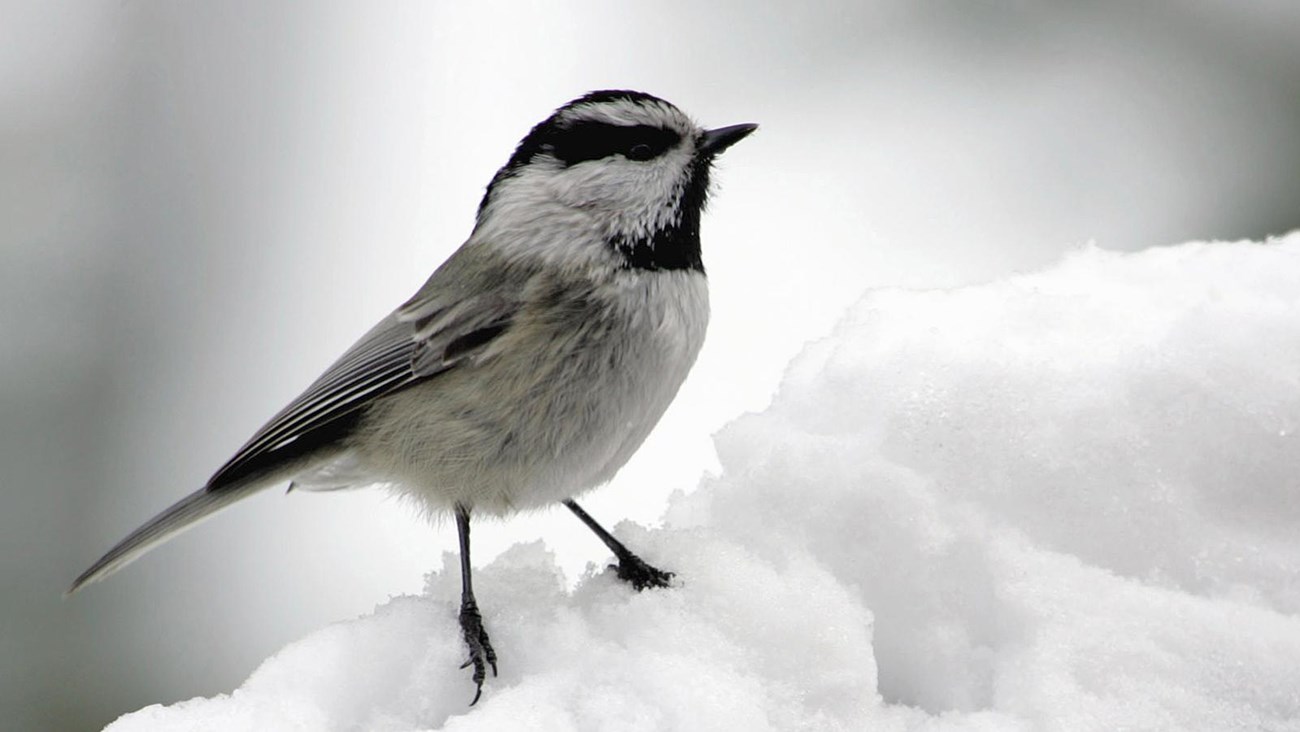
Credit: www.nps.gov
Photography Tips
Capturing birds in Yellowstone National Park requires more than just a camera. It needs patience, skill, and some practical tips. This section helps you improve your bird photography. It covers camera settings, approach techniques, and lighting with composition. Each part offers clear advice to get better photos.
Camera Settings
Use a fast shutter speed to freeze bird movements. Start with 1/1000 second or faster. Choose a low ISO to reduce noise but raise it in low light. Aperture should be wide, like f/4 or f/5.6, to blur the background. Use continuous focus mode to keep birds sharp. Shoot in burst mode to catch action shots.
Approach Techniques
Move slowly and quietly to avoid scaring birds away. Stay low and use natural cover like bushes. Avoid sudden movements or loud noises. Use a zoom lens to keep distance and not disturb birds. Watch bird behavior to predict their next move. Be patient and wait for the right moment.
Lighting And Composition
Shoot during early morning or late afternoon for soft light. This light adds warmth and reduces harsh shadows. Position yourself with the sun behind you for clear photos. Include natural elements like branches or water for interest. Use the rule of thirds to place birds off-center. Focus on the bird’s eye for a sharp photo.
How Smart Pets Lover Can Help You with Birding In Yellowstone National Park
Learning Through Birding in Yellowstone: A Natural Classroom
Exploring birding in Yellowstone National Park offers more than just a chance to spot the park’s top bird species—it’s a wonderful opportunity to deepen your connection with nature while sharpening your observation skills. By visiting prime birding locations during the best birding seasons, you can practice identifying different calls and plumage variations, turning every outing into a practical learning experience.
- Keep a journal to note behaviors and habitats, enhancing your understanding of each bird’s role in the ecosystem.
- Use photography tips shared earlier to capture details that might be missed in the moment, helping you review and learn later.
- Engage with local resources or guided tours for insights that enrich your knowledge beyond field observations.
At Smart Pets Lover, we believe that every chirp tells a story worth understanding. Whether you’re a seasoned birder or just starting out, embracing these hands-on learning moments in Yellowstone can foster a deeper appreciation for birds and the wild spaces they inhabit. For more detailed guidance or questions, consider reaching out to the Yellowstone National Park visitor center—they’re a great resource for up-to-date birding information and educational programs.
Frequently Asked Questions
What Are The Best Birding Spots In Yellowstone National Park?
The best birding spots include Yellowstone Lake, Lamar Valley, and Hayden Valley. These areas offer diverse habitats attracting many bird species. Early mornings and late afternoons are ideal for birdwatching. Visitors can spot eagles, ospreys, and various waterfowl in these prime locations.
Which Bird Species Are Common In Yellowstone?
Common birds include bald eagles, osprey, trumpeter swans, and sandhill cranes. Songbirds like the mountain bluebird and Clark’s nutcracker are also frequent. The park hosts over 300 bird species, making it a birdwatcher’s paradise. Seasonal migrations bring additional rare species.
When Is The Best Time For Birding In Yellowstone?
Late spring through early fall is the best birding time. This period covers breeding seasons and migrations. Weather is milder, allowing comfortable outdoor activities. Many birds are more active and visible during these months, enhancing the birdwatching experience.
Do I Need A Permit For Birding In Yellowstone?
No special permit is required for birding in Yellowstone. Visitors should follow park rules and respect wildlife habitats. Using binoculars and cameras is encouraged but avoid disturbing birds. General park entrance fees apply to all visitors.
Conclusion
Yellowstone offers a rich experience for bird watchers. Diverse birds live in its forests and lakes. Bring your binoculars and enjoy the peaceful sounds. Early mornings are the best time to spot birds. Trails lead you close to nests and feeding areas.
Respect nature and keep a safe distance. Each visit brings new birds to discover. Birding here connects you deeply with nature’s beauty. A calm day in Yellowstone will refresh your mind. Plan your trip and enjoy the birding adventure.

